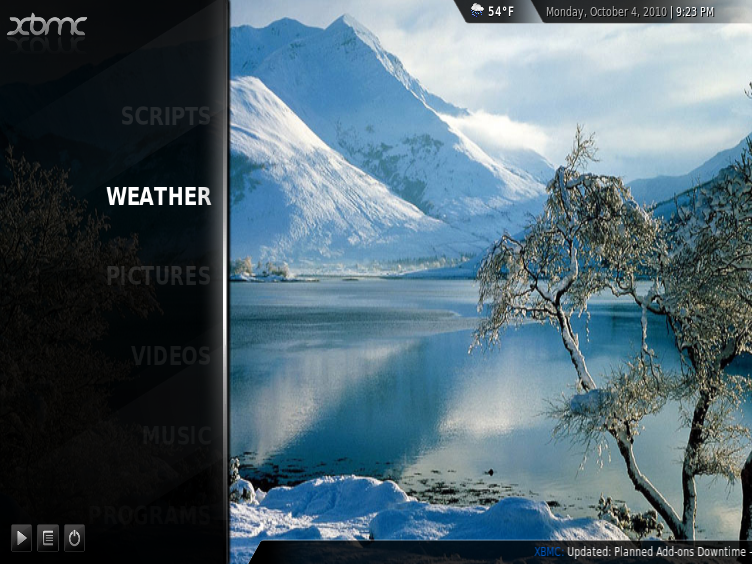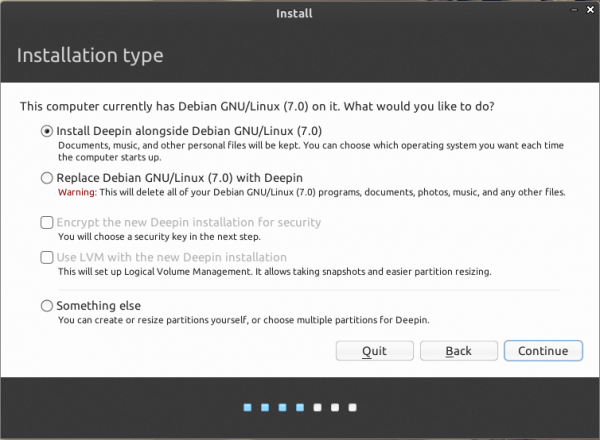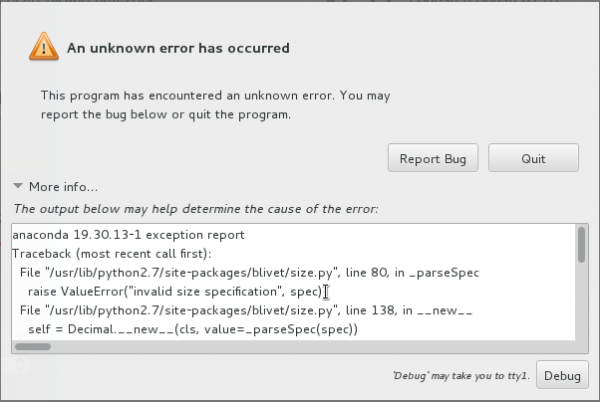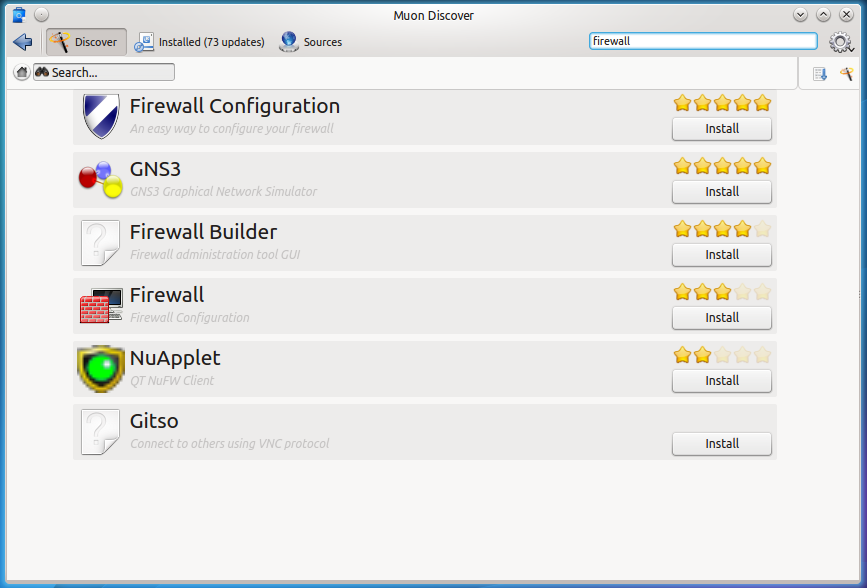Final Thoughts – I have not reviewed the GNOME edition of Sabayon 5.4, so I cannot say anything about it. However, if you intend to run the KDE edition, be prepared for a few applications crashes. For example, Sulfur, the graphical package manager, crashed a few times. Technically, the current version (0.99.50.2) is not in stable territory yet so this should not come as a surprise.
Aside from a few application crashes, you should also be aware that most of the issues raised in Sabayon 5.3 review, were not even addressed in this latest release (A graphical firewall client was installed – finally). That is why I find it very difficult to understand why it was even necessary to roll out another version, less than four months after Sabayon 5.3 was released.
And like I wrote in the beginning of this review, be prepared for at least one more release before the end of this year., which brings up another question: Why is it even necessary to be rolling out four versions of a distribution per year? Why? If there were earth-shattering features introduced with each release, it would be excusable, but these Sabayon releases, like most other Linux and BSD distribution releases, offer nothing more than a few applications and kernel updates.
The one truly bright spot on Sabayon is XBMC media center. XBMC is one of the best Free Software/Open Source applications that we have, and it is really heartening to see it fully integrated into a distribution. View some screenshots of XBMC.
Resources – Read other reviews and tutorials on Sabayon on this website. Read Sabayon 5.4 release announcement. Download installation images for Sabayon 5.4.
Screenshots – Enjoy a few screenshots from Sabayon 5.4 KDE.
Kickoff-style menu on a default Sabayon 5.4 KDE desktop.

Kickoff-style on the default Sabayon 5.4 KDE desktop
Login window

Sabayon 5.4 login window
Sabayon KDE desktop showing the NetworkManager applet.

Desktop showing the NetworkManager applet
A few applications running on Sabayon 5.4 KDE.

A few application running on Sabayon 5.4 KDE








Finid,
Concerning printing, I know that you expect them to be configured by the operating system during install or when plugged in, however, I got my HP printer to work by first installing the “hplip” package, as outlined on the wiki. Sabayon 5.5 seems to be working fine here.
But that’s the problem, as I see it. Why do you first have to install a package in order to configure a printer. Do you expect a new user to find and read a wiki entry just to configure a printer? There was a time when an activity like that was fun, but today, people want certain aspects to just work. If the package is in the repo, and we know that users will always need to configure a printer, why not save your users valuable time.
I agree, keep up the good work, thanks.
Sabayon makes bleeding edge source based Gentoo possible to install and use very quickly.
It is a brilliant project and while trying to put a user friendly face onto Gentoo is a challenge it may help open some users eyes to the possibilities of FOSS and perhaps get some clever new converts to the Source.
I recommend the reviewer grabs a Gentoo stage tar and customizes Gentoo to be a little like Sabayon, then perhaps enlightenment may occur…
We do appreciate you taking the time to review Sabayon Linux. In your final thoughts sections you questioned twice why we would have so many releases per year. Please realise that sabayon staff may be few in number, but we’re very accessible to ask these questions to.
Despite our small numbers, we do our best to cater to our users desires. One common complaint we see is from people who download the latest version, then get upset when they have updates that are near to, or in excess of the size of the ISO they just downloaded. Many get upset with 300 updates, let alone near 1000. When the updates from the original ISO start to get close to or exceed 2 gigs, it’s helpful to put together another image. Yes, Sabayon is rolling release, but many new users don’t grasp that concept fully and may forget to upgrade for a few months. While it’s possible to upgrade from 5.0 to 5.4, many new users lack the patience and knowledge to navigate through that. For most distros a frequent release cycle is more of a courtesy to less experienced users than it is for publicity.
A good update notification tool should solve that little problem. If you have an update notifier that can be configured to check for updates per any time period rather than only when the computer reboots, then you just solved that problem.
I brought up this point in my review of Sabayon 5.3 and 5.4, and it was discussed in the Sabayon dev mailing list. Is it going to be addressed before 5.5 is released?
“offer nothing more than a few applications and kernel updates.”
At some point the package diff between version 5.3 and current tree state are so big (e.g. 1000 package updates) It makes sense to push out a new version. It doesn’t make users happy to install 5.3 and need todo 1000 package updates to be current. 5.0,5.1,5.2,5.3 users that kept their system up2date never had to (re)install. It is what is called a rolling release.
darn right. I started at 5 oh and upgraded very smoothly to the current version
Only reason for very frequently releases I see in order to obtain more popularity,on Distrowatch etc.
Maybe so. But there are positive reasons for it too. If I am a fresh installer, I do not need too much updating to get an uptodate system. Therefore having frequent releases is a wise choice specially since I find Sulfur a touch slower than Synaptic.